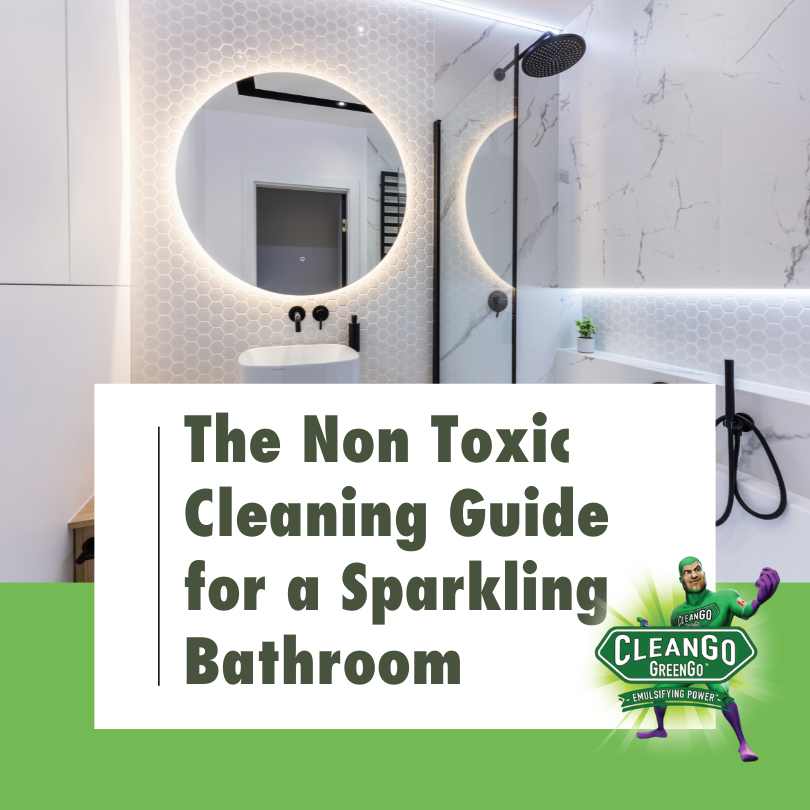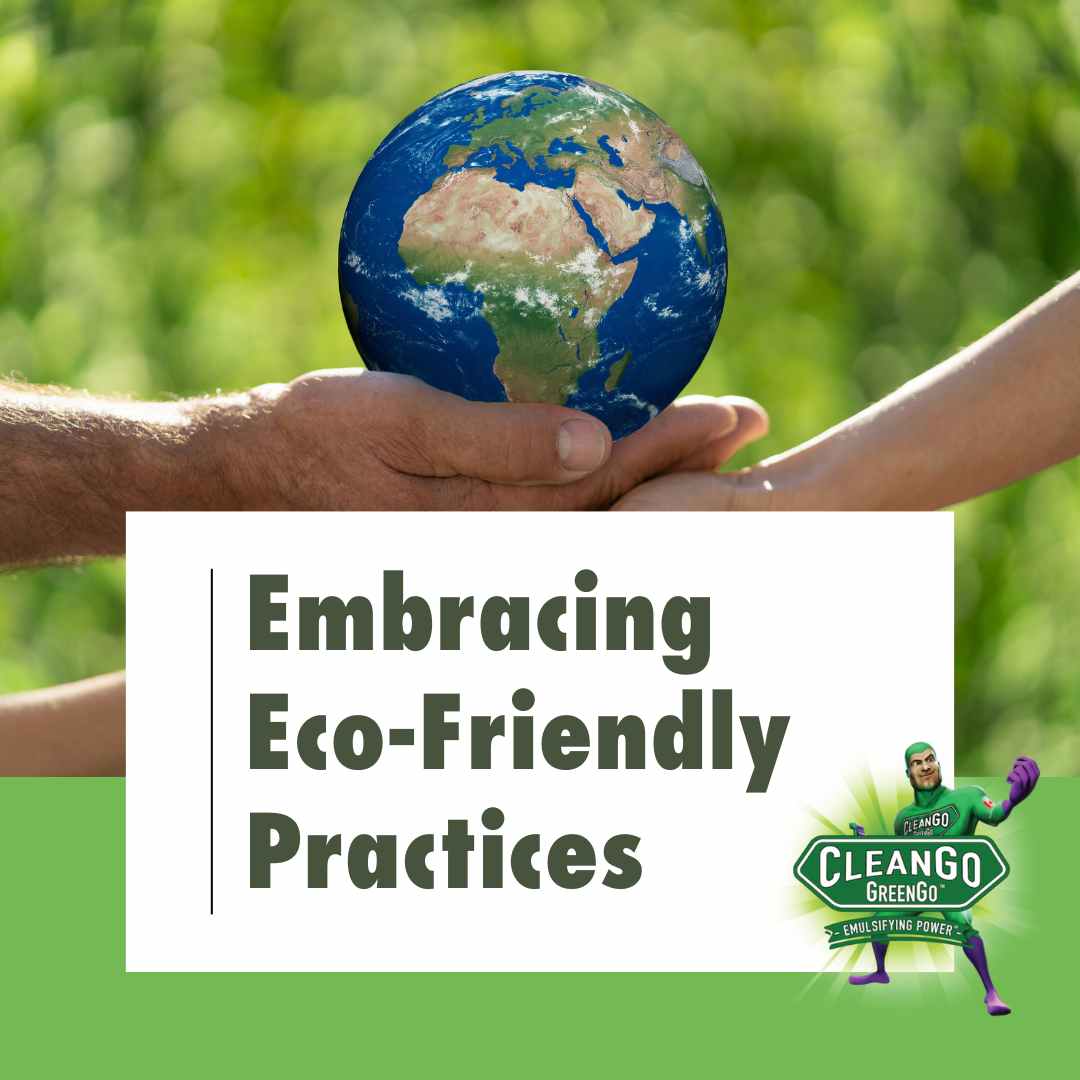Introduction to Toxic Cleaning Chemicals
In our quest for a spotless home, we often unwittingly invite a host of dangerous chemicals into our living spaces. These substances, lurking in the ingredient lists of many popular cleaning products, can pose serious health risks to us and our loved ones. Understanding what makes a chemical toxic and identifying these hazardous ingredients is the first step towards a safer and healthier cleaning routine.
Understanding the Risks of Toxic Chemicals in Cleaning Products
Toxic cleaning chemicals, such as ammonia, bleach, and phthalates, can cause a variety of health issues ranging from minor irritations, like skin rashes and allergies, to more severe conditions, including respiratory problems and hormonal imbalances. The long-term exposure to these chemicals increases the risk, making it crucial to recognize and avoid them.
Key Toxic Chemicals to Watch Out For
Identifying the most harmful chemicals commonly found in cleaning products is vital. Substances such as Ammonia, Chlorine, Phthalates, Triclosan, and 2-Butoxyethanol are notorious for their adverse health effects. Learning to spot these names on product labels can protect you and your family from potential harm.
Deciphering Labels: The First Step to Safer Choices
Understanding the cryptic language of ingredient lists on cleaning products is a skill that can empower you to make healthier choices. Labels can be misleading, with terms like “natural” or “eco-friendly” not being regulated and therefore not always trustworthy. Learning to decode these labels is essential for anyone looking to avoid toxic chemicals.
How to Read and Understand Ingredient Lists
Ingredient lists can be daunting with their complex chemical names and abbreviations. However, knowing a few key indicators and names can help you quickly identify products that are safer for your home.
Red Flags on Labels: What They Really Mean
Certain phrases and symbols on cleaning product labels can serve as red flags, signaling the presence of hazardous chemicals. Phrases like “danger,” “warning,” and specific hazard symbols are clear indicators of potential harm.
Safer Alternatives: Identifying Non-Toxic Options
The shift towards non-toxic cleaning products has gained momentum, with more consumers seeking safer alternatives. Products certified as non-toxic or green by reputable organizations offer a promise of safety and efficacy without the harmful side effects of traditional cleaners.
Natural vs. Green Certified Cleaners: What’s the Difference?
While “natural” implies ingredients sourced from nature, “green certified” means the product meets strict environmental and health standards. Understanding this distinction can guide you in choosing genuinely safer cleaning solutions.
Spotlight on Cleango Greengo: A Leader in Non-Toxic Cleaning Solutions
Cleango Greengo stands out in the green cleaning market with its commitment to completely non-toxic and environmentally friendly products. Discover how this brand is revolutionizing the way we clean, offering effective solutions without compromising on safety.
Making the Switch to Non-Toxic Cleaners
Transitioning to non-toxic cleaning products is easier than you might think. With a few simple steps, you can replace harmful chemicals with safer alternatives, ensuring a healthier home environment.
Practical Tips for Transitioning to Safer Cleaning Products
Begin by replacing the most commonly used cleaners in your home with non-toxic alternatives. Educate yourself on the benefits and effectiveness of these safer options to make informed choices.
Incorporating Non-Toxic Cleaners into Your Cleaning Routine
Integrating non-toxic cleaners into your daily cleaning habits can significantly reduce your exposure to harmful chemicals. Learn practical ways to make this transition seamless and effective.
DIY Non-Toxic Cleaning Solutions
For those who prefer a hands-on approach, making your own non-toxic cleaning solutions can be a rewarding and effective way to maintain a clean and healthy home. Explore recipes and tips for creating your own cleaners using simple, safe ingredients.
Recipes for Safe and Effective Homemade Cleaners
Discover how everyday ingredients like vinegar, baking soda, and essential oils can be combined to create powerful cleaning solutions that are safe for your family and the environment.
Benefits of DIY Cleaning Solutions
DIY cleaning solutions not only reduce your exposure to toxic chemicals but also offer an eco-friendly and cost-effective alternative to store-bought products. Learn about the advantages of taking the DIY route in your cleaning routine.
Advocacy and Awareness: Spreading the Word About Non-Toxic Cleaning
Advocating for safer cleaning products goes beyond personal choices. It involves raising awareness about the risks of toxic chemicals and promoting the adoption of non-toxic alternatives within communities.
How to Advocate for Safer Cleaning Products in Your Community
Become a champion for non-toxic cleaning by sharing your knowledge and experiences. Organize community events, write informative articles, or start a social media campaign to spread the word about the benefits of non-toxic cleaning products.
Raising Awareness: Educating Others on the Importance of Non-Toxic Cleaning
Education is key to changing perceptions and habits around cleaning. By informing others about the dangers of toxic chemicals and the availability of safer alternatives, you can help foster a healthier, more sustainable approach to cleaning.
Common Frequently Asked Questions:
How can I tell if my cleaning product is safe?
To ascertain the safety level of a cleaning product, start by reading the product label for any hazard warnings. Look for products labeled as “non-toxic,” “biodegradable,” or “phosphate-free.” Additionally, research the product online to find any safety certifications or endorsements from health and environmental organizations. The Environmental Working Group (EWG) and other similar organizations often provide ratings for cleaning products based on their health and environmental impact.
What harmful chemicals should I look for on the labels of my cleaning products?
The most dangerous chemicals to avoid in cleaning products include:
- Ammonia: Can cause respiratory irritation and is particularly dangerous when mixed with bleach.
- Chlorine bleach (sodium hypochlorite): Can irritate the lungs and skin.
- Phthalates: Used in fragranced products, they are known endocrine disruptors.
- Triclosan: Found in antibacterial products, it may contribute to antibiotic resistance and hormonal effects.
- 2-Butoxyethanol: Common in window cleaners, it can cause sore throats and more severe health issues with prolonged exposure.
What certifications should I look for when choosing a cleaner?
When choosing eco-friendly cleaning products, look for certifications that indicate safety and environmental stewardship. Certifications to look for include:
- EcoLogo: Indicates products have undergone rigorous scientific testing to prove their environmental performance.
- Green Seal: Identifies products that meet stringent performance, health, and environmental criteria.
- Safer Choice (EPA): Products with this label are safer for human health and the environment, having passed EPA’s strict criteria.
- USDA Organic: While more common for food, this certification on cleaning products indicates the use of organic ingredients.
Conclusion: Embracing a Healthier, Cleaner Lifestyle with Cleango Greengo
Choosing non-toxic cleaning products is not just about protecting your immediate environment; it’s about making a conscious decision towards a healthier, sustainable future. With brands like Cleango Greengo leading the way, it’s easier than ever to make the switch and enjoy the peace of mind that comes with knowing your home is clean and safe.













